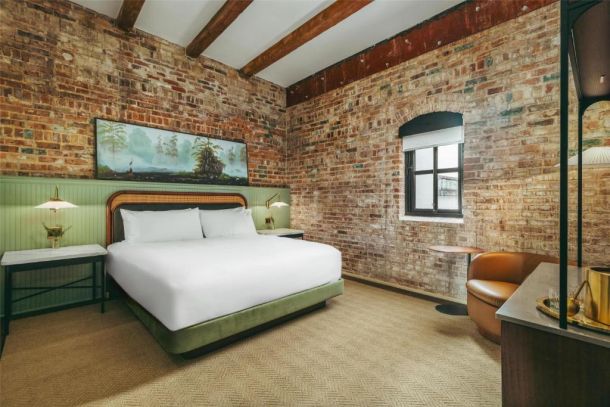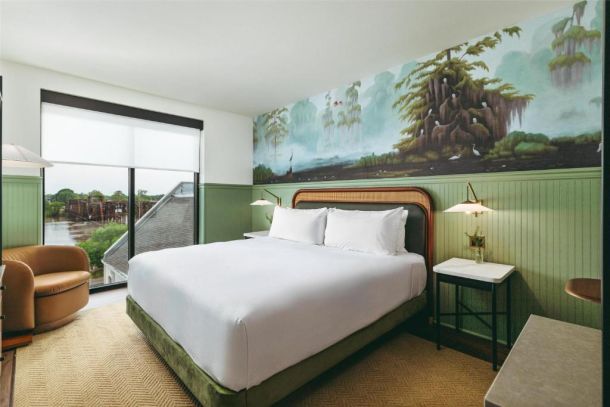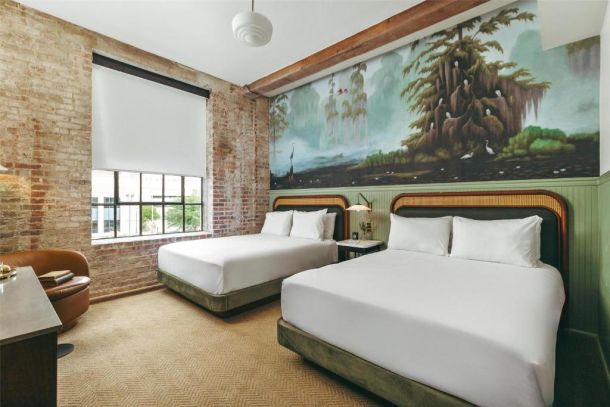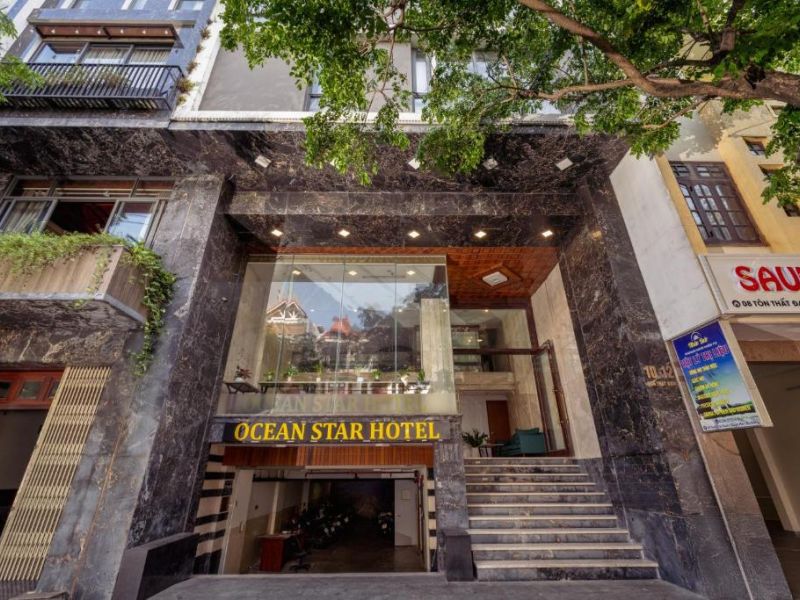Discover the Rich History of Martin Luther King Jr. National Historical Park: A Journey Through Time
Martin Luther King Jr. National Historical Park is a significant landmark in the heart of Atlanta, Georgia. This park is not just a place to visit, but a powerful reminder of the monumental contributions that Dr. Martin Luther King Jr. made to the civil rights movement in the United States. As we explore the rich history, cultural significance, and the enduring legacy of the park, we invite you to join The Monroe Hotels on an insightful journey through this iconic location. In this article, we’ll delve deep into the history, features, and importance of the Martin Luther King Jr. National Historical Park.
The Origins of Martin Luther King Jr. National Historical Park
Martin Luther King Jr. National Historical Park is more than just a collection of buildings and monuments; it’s a testament to the life and work of one of the greatest civil rights leaders in American history. The park is located in the Sweet Auburn neighborhood of Atlanta, Georgia, and is dedicated to preserving the places where Dr. King lived, worked, and was ultimately laid to rest.

Dr. King’s impact on the American civil rights movement cannot be overstated. His leadership in the fight for racial equality, social justice, and nonviolent protest left an indelible mark on the nation. The Martin Luther King Jr. National Historical Park serves as a reminder of his extraordinary efforts and as a tribute to his unwavering commitment to achieving equality for all Americans.
The park was designated as a National Historic Site in 1980 and was later redesignated as a National Historical Park in 2018. It is managed by the National Park Service and receives millions of visitors each year who come to pay their respects and learn more about Dr. King’s life and legacy.
Key Attractions Within the Park
Martin Luther King Jr. National Historical Park is home to several important sites that provide a deeper understanding of Dr. King’s life and the civil rights movement. These sites include his childhood home, the Ebenezer Baptist Church, and the King Center. Let’s take a closer look at each of these significant attractions.
Dr. Martin Luther King Jr. Birth Home
One of the most visited and emotionally charged locations in the park is Dr. Martin Luther King Jr.’s childhood home. This two-story house, located at 501 Auburn Avenue, is where Dr. King was born on January 15, 1929. The house is a significant part of the historical park and offers visitors a glimpse into the early life of a man who would become one of the world’s most influential leaders.
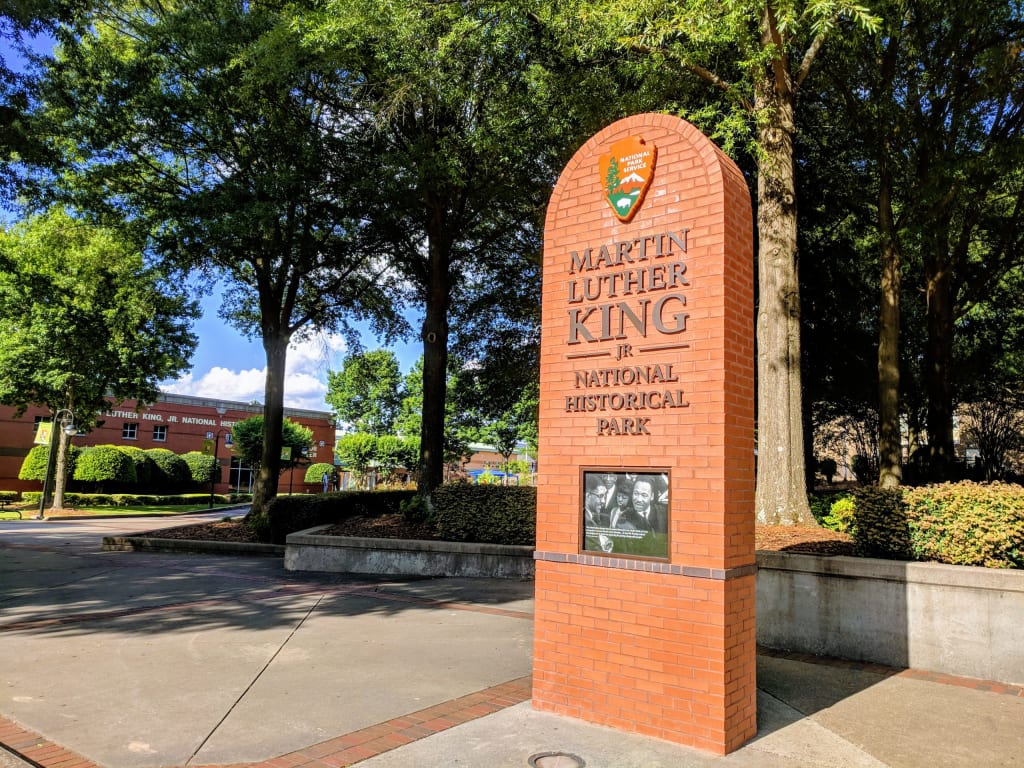
The home is carefully preserved to reflect the time period in which Dr. King grew up. Visitors can take guided tours to learn about Dr. King’s family, his upbringing, and the early experiences that shaped his worldview. The home is a must-visit stop for anyone seeking a deeper understanding of Dr. King’s roots and the foundations of his passion for justice.
Ebenezer Baptist Church
Another key attraction in the Martin Luther King Jr. National Historical Park is Ebenezer Baptist Church, where Dr. King was both baptized and served as co-pastor alongside his father. The church, which has stood since 1886, played a vital role in the spiritual and social development of the King family.
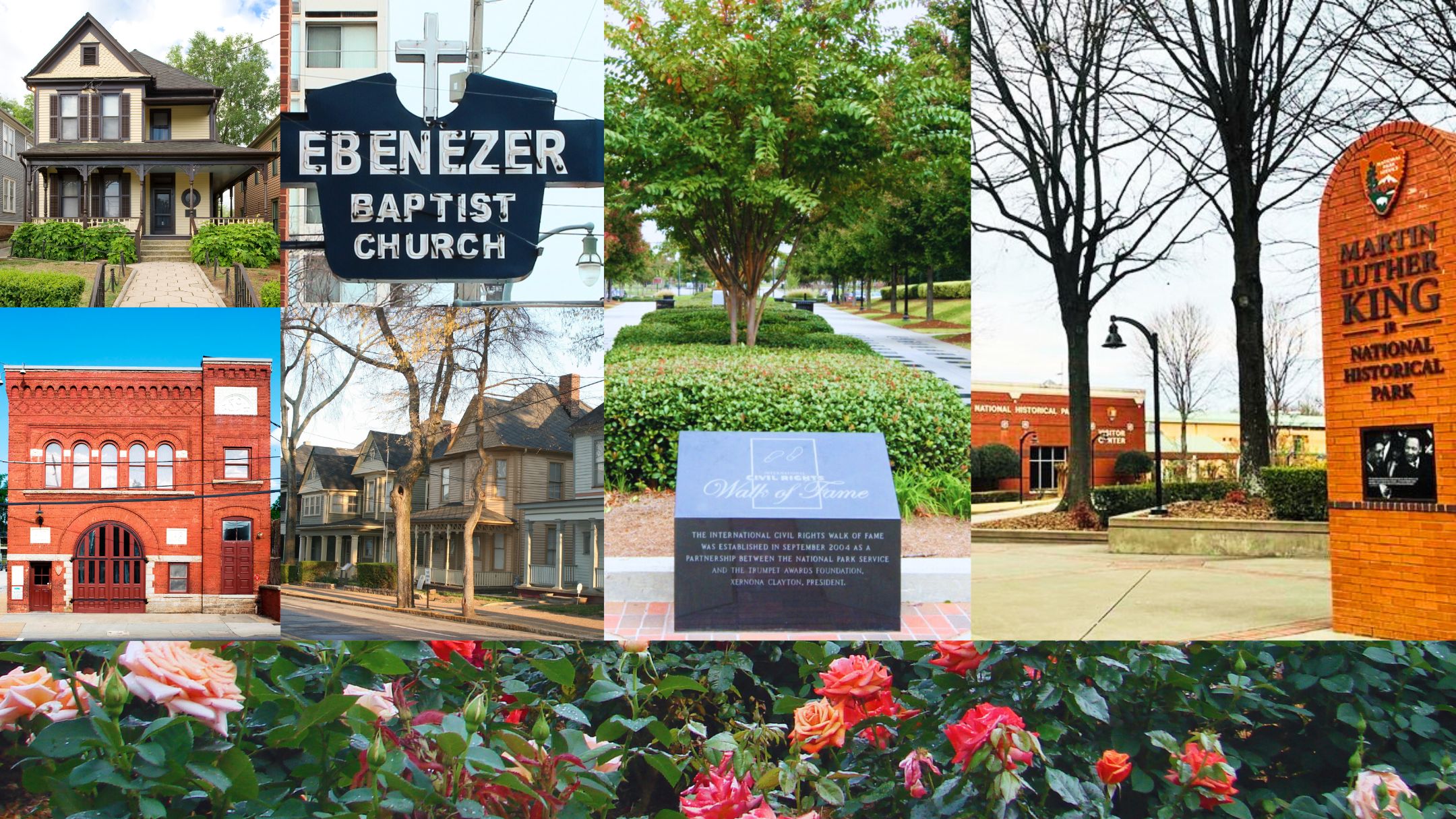
Dr. King delivered many of his most powerful sermons from the pulpit of Ebenezer Baptist Church. The church’s legacy in the civil rights movement is immense, as it was a gathering place for activists and a symbol of the church’s role in advocating for social change. Today, Ebenezer Baptist Church continues to be an active congregation and is open to visitors who wish to learn more about Dr. King’s connection to the church and its impact on the civil rights movement.
The King Center
The King Center, located within the historical park, is the spiritual and ideological heart of Dr. Martin Luther King Jr.’s legacy. Established in 1968 by Coretta Scott King, Dr. King’s widow, the King Center is dedicated to preserving and sharing the teachings and philosophy of nonviolence that Dr. King championed throughout his life.
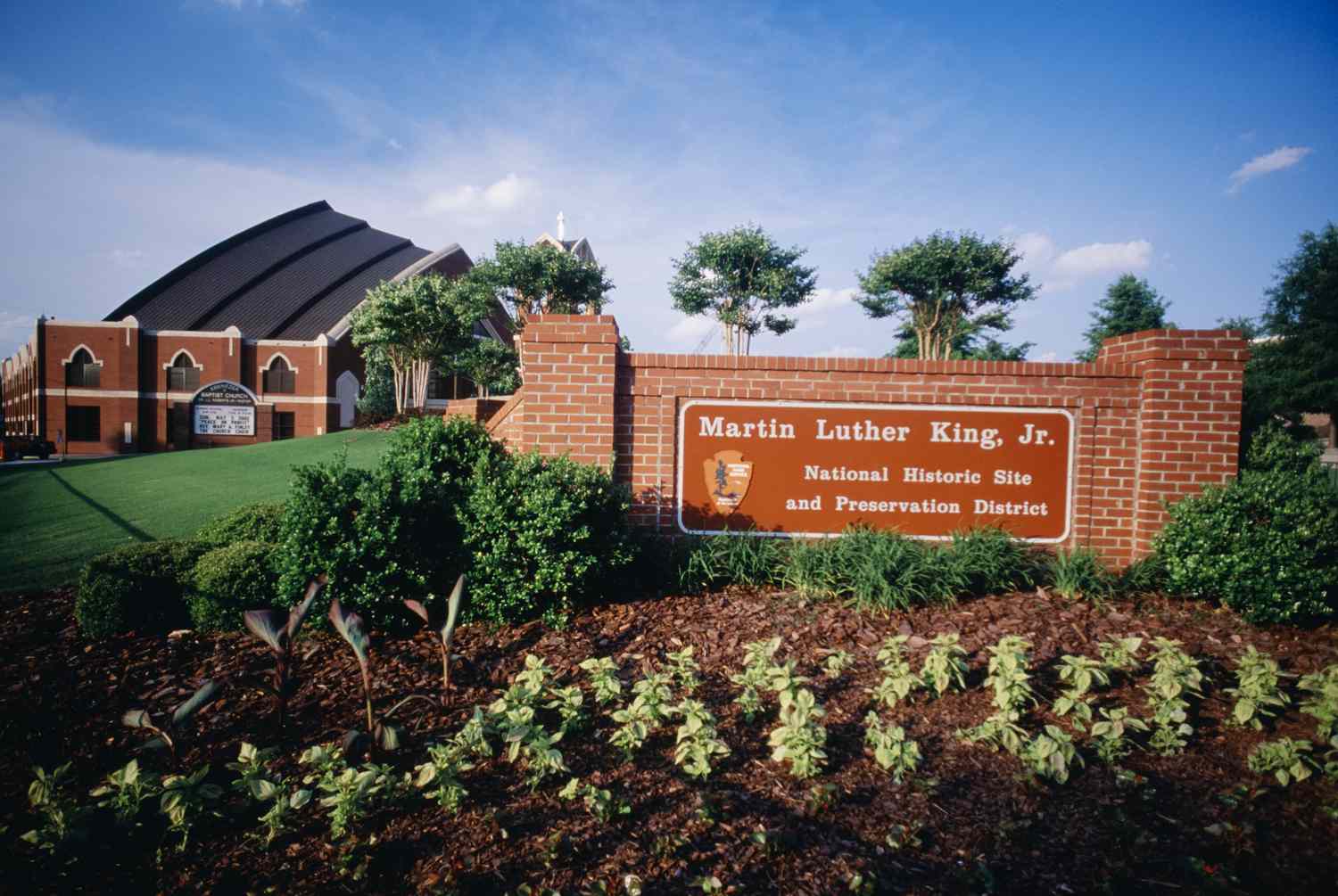
The King Center houses a variety of exhibits and artifacts related to Dr. King’s life, work, and legacy. Visitors can explore Dr. King’s writings, speeches, and personal items, as well as view a collection of historical documents that highlight his role in the civil rights movement. One of the most notable features of the King Center is the tomb of Dr. King and his wife, Coretta Scott King, which is located near the reflecting pool on the grounds.
The Reflecting Pool and Tomb of Dr. Martin Luther King Jr.
The final resting place of Dr. Martin Luther King Jr. and his wife, Coretta Scott King, is an emotionally powerful site that draws visitors from around the world. The tomb, located near a serene reflecting pool, serves as a symbol of Dr. King’s lasting impact on the fight for equality and justice.
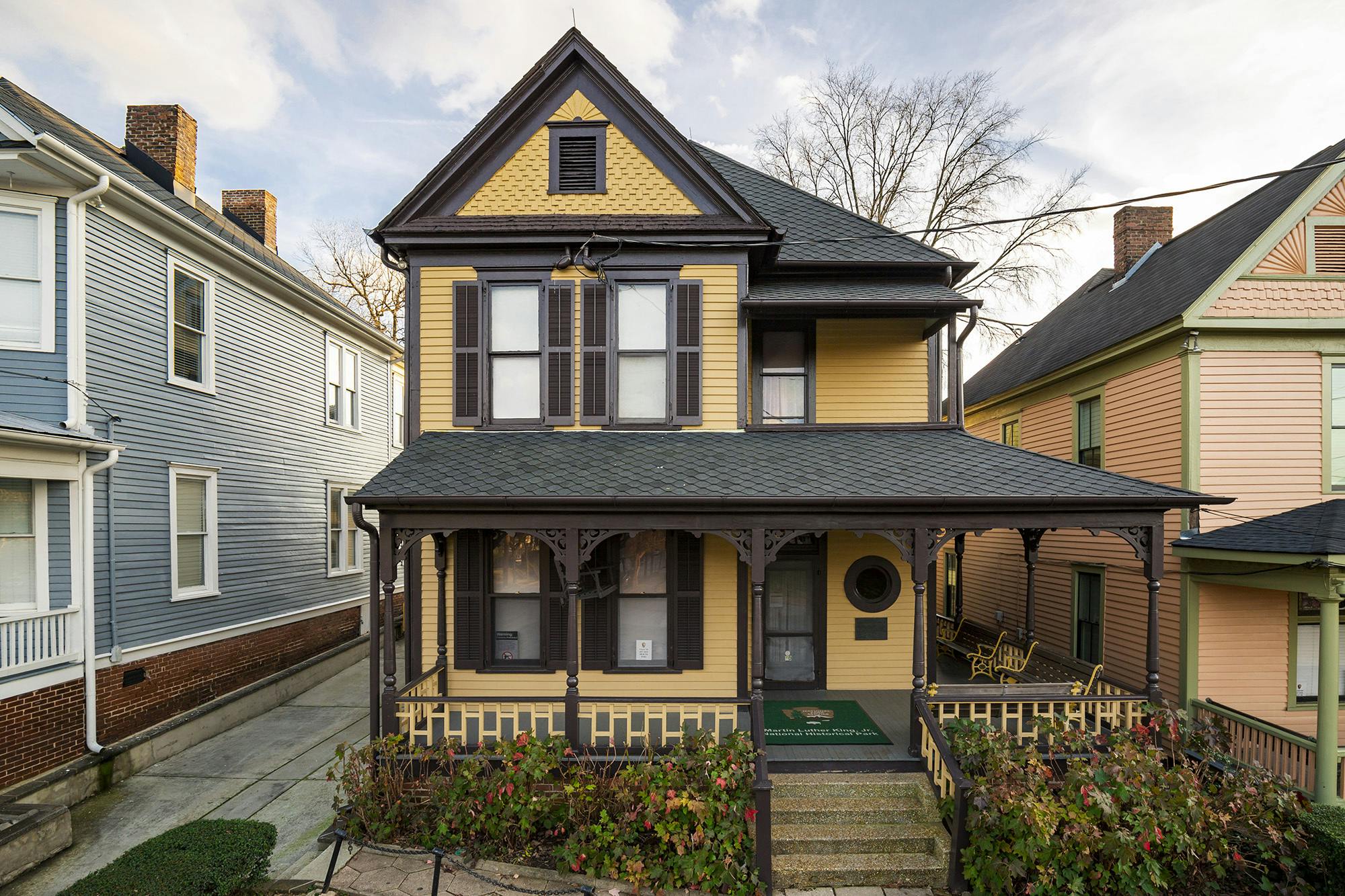
The peaceful setting allows visitors to reflect on Dr. King’s enduring legacy and the ongoing work required to fulfill his dream of a more just and equal society. The tomb is an essential part of the Martin Luther King Jr. National Historical Park and provides a solemn place for contemplation.
The Importance of Martin Luther King Jr. National Historical Park
The Martin Luther King Jr. National Historical Park is not only a place of historical significance, but it also serves as an educational and inspirational resource for people of all ages. It is a space where visitors can learn about the civil rights movement, engage with the history of racial inequality, and explore the principles of nonviolence and social justice that Dr. King advocated for throughout his life.
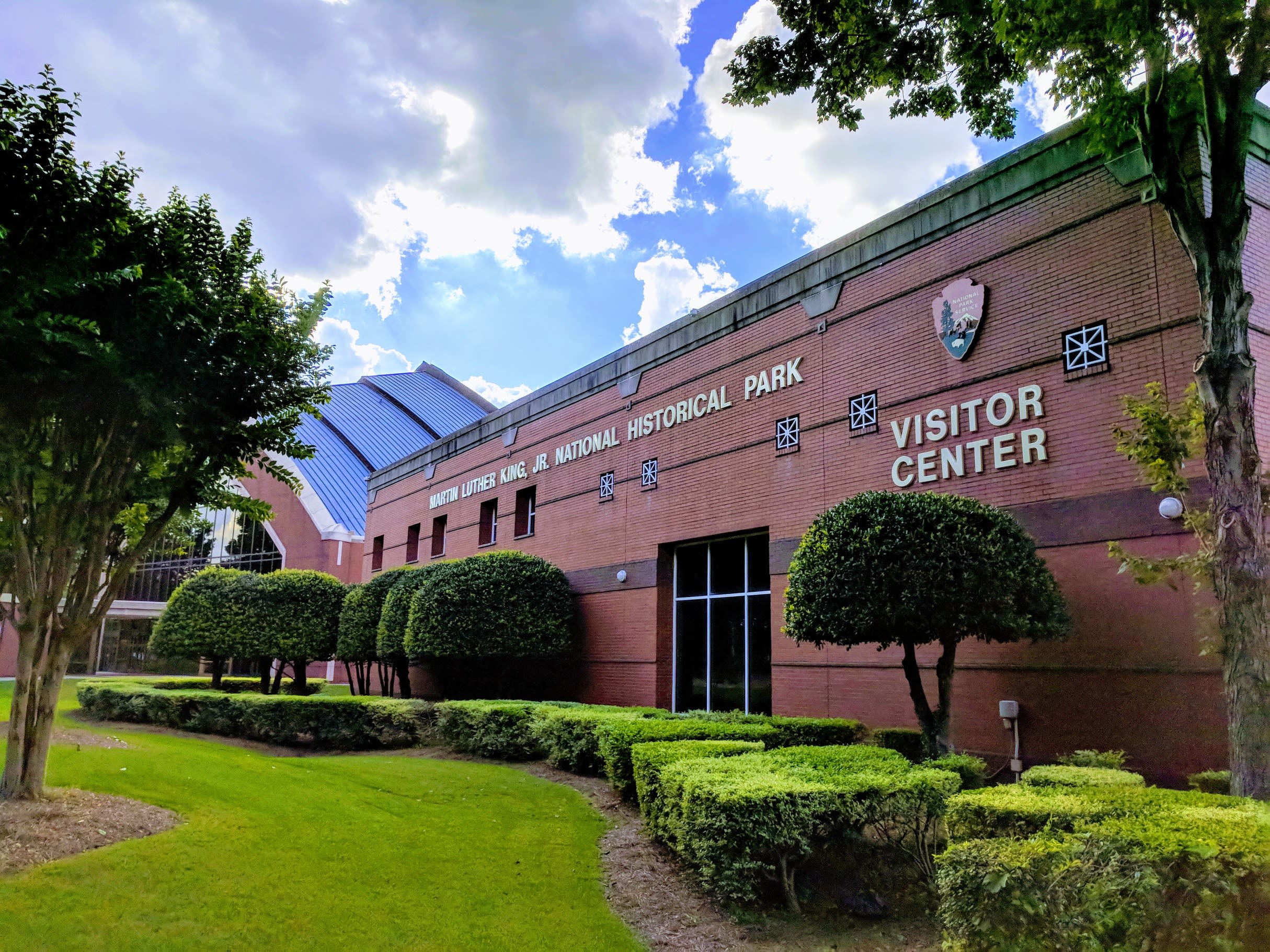
The park offers a powerful reminder of the progress that has been made in the fight for civil rights, while also highlighting the work that still needs to be done. Dr. King’s teachings continue to inspire individuals and movements dedicated to creating a more equitable world, making the Martin Luther King Jr. National Historical Park a vital location for anyone interested in social justice, human rights, and the pursuit of equality.
The Role of Education and Community Engagement
In addition to its historical and cultural significance, Martin Luther King Jr. National Historical Park also plays a critical role in education and community engagement. The park offers a variety of programs and events designed to educate the public about Dr. King’s life and his impact on American society. These programs include guided tours, workshops, lectures, and special events such as the annual Martin Luther King Jr. Day celebrations.

The National Park Service, in collaboration with local organizations and community leaders, works to ensure that the park remains a place of learning and activism. The park also hosts various youth outreach programs, encouraging younger generations to learn about the values of equality, justice, and nonviolence that Dr. King espoused.
How to Make the Most of Your Visit
Visiting Martin Luther King Jr. National Historical Park is a deeply moving experience, but it’s important to plan your visit in advance to make the most of your time. Here are some tips for exploring the park and learning more about Dr. King’s life and legacy:
1. Take a Guided Tour
One of the best ways to explore the park is by taking a guided tour. Knowledgeable park rangers lead tours through the historical sites, providing visitors with fascinating insights into Dr. King’s life, work, and the civil rights movement. These tours are free of charge and offer an in-depth experience that will enhance your understanding of the park’s significance.
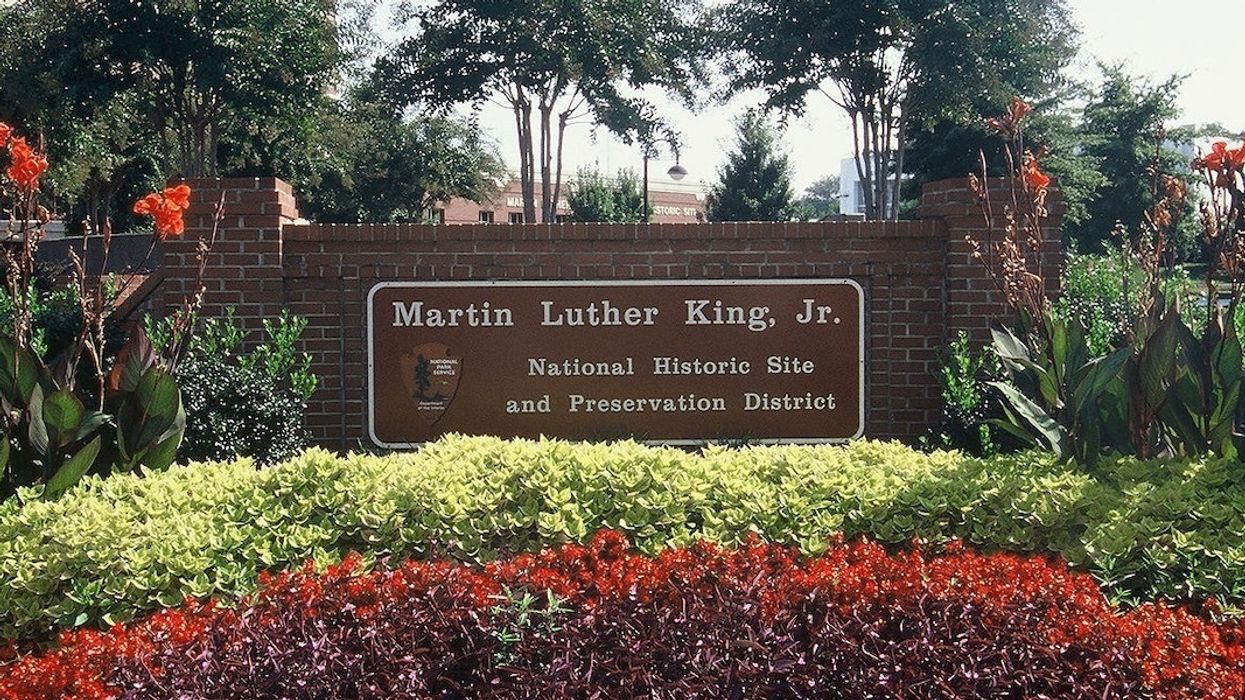
2. Visit the Visitor Center
Before you begin your exploration of the park, make sure to stop by the Visitor Center. Here, you can pick up maps, learn about the park’s exhibits, and find out about any special events or programs taking place during your visit. The Visitor Center also features a small gift shop where you can purchase souvenirs and educational materials related to Dr. King and the civil rights movement.
3. Attend Special Events and Programs
If you’re visiting during the right time, don’t miss out on the various events and programs that take place at the park throughout the year. These include lectures, performances, and special commemorations, such as the annual Martin Luther King Jr. Day celebrations. Attending these events is a great way to deepen your understanding of Dr. King’s legacy and engage with the community of visitors who share your interest in social justice and equality.
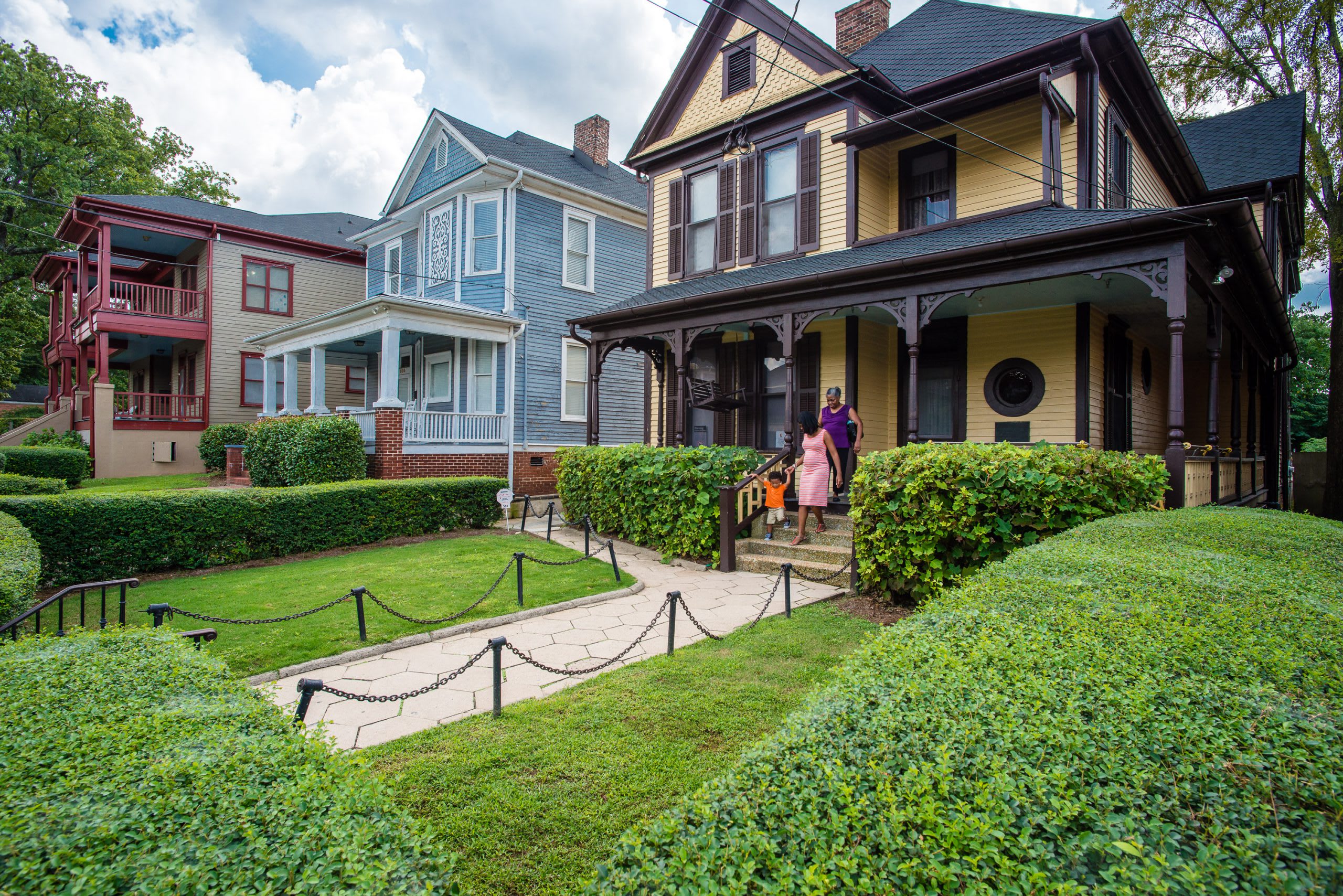
4. Plan for Reflection Time
A visit to Martin Luther King Jr. National Historical Park is not just about seeing the sights; it’s also an opportunity for personal reflection. Take time to pause at the tomb of Dr. King and Coretta Scott King, reflect on the meaning of their lives, and consider how their work continues to shape the world today.
Conclusion: Why Martin Luther King Jr. National Historical Park is a Must-Visit Destination
The Martin Luther King Jr. National Historical Park is an essential destination for anyone interested in learning about the life, work, and enduring legacy of Dr. Martin Luther King Jr. From his childhood home to the reflecting pool where he rests, the park provides a comprehensive and moving narrative of his life and the civil rights movement.
As we’ve explored throughout this article, the Martin Luther King Jr. National Historical Park is more than just a historical site—it’s a place of inspiration, reflection, and education. Whether you’re a history enthusiast, a social justice advocate, or simply someone looking to learn more about the history of the United States, this park offers an enriching and unforgettable experience. Join The Monroe Hotels as we continue to honor Dr. King’s legacy and work toward a more just and equal society.
Details
Namistay chain hotel
- 61-63 Hoang Ke Viem, Bac My Phu, Ngu Hanh Son, Da Nang, Vietnam
- Hotline: 0905 432 992
- Lot 45 An Thuong 29, Bac My Phu, Ngu Hanh Son, Da Nang, Vietnam
- Hotline: 0977 455 546
- 42 An Thuong 26 Street, Bac My Phu, Ngu Hanh Son, Da Nang, Vietnam
- Hotline: 0965 442 842
